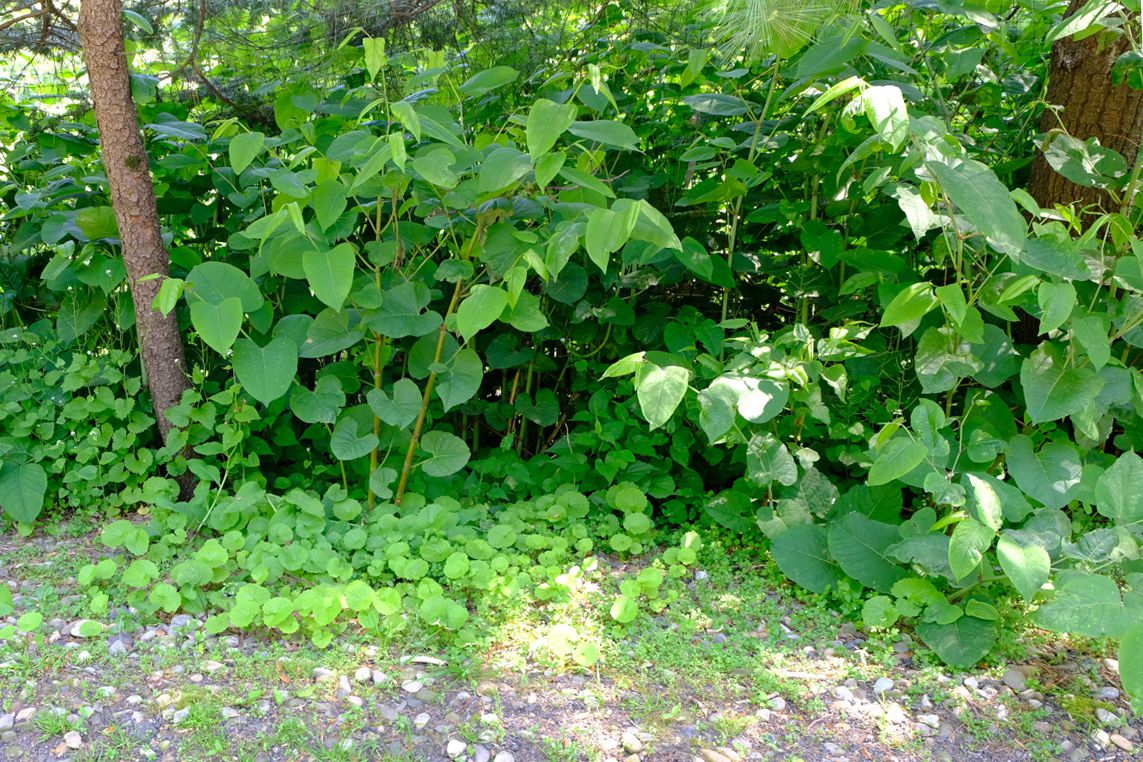How to Get Rid of Horsetail: 5 Steps to Eradicate Them Easily!
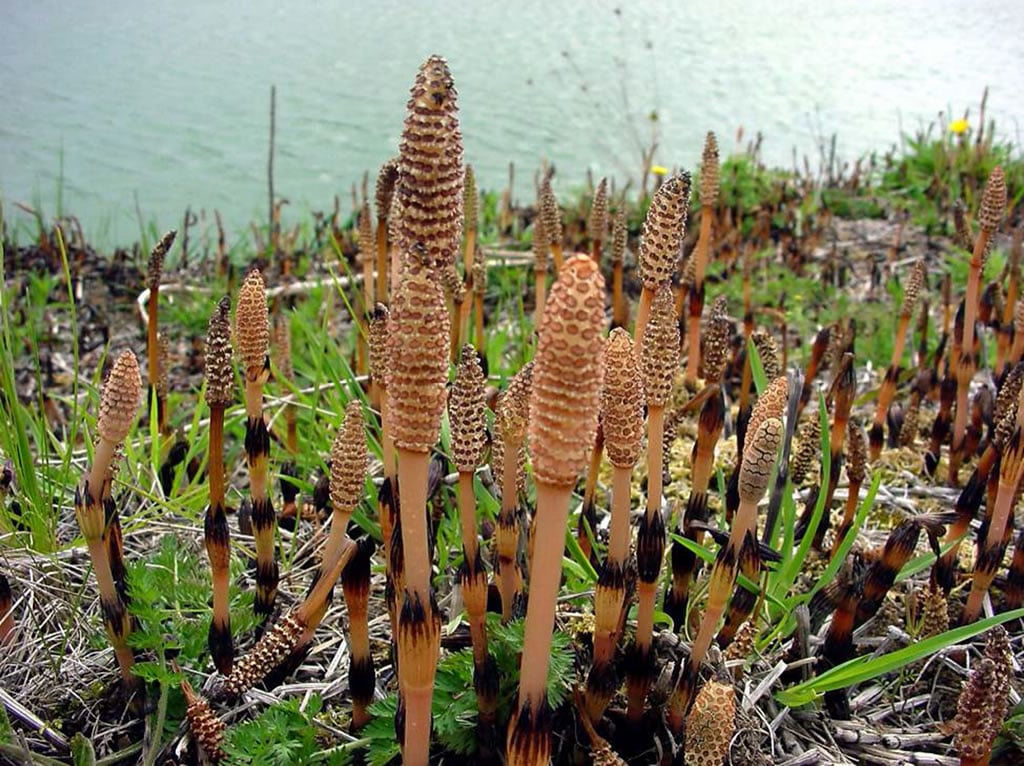
Table of Contents
Have you noticed a weed in your garden that’s about 2 or 3 feet tall? It looks somewhat like the cross between bamboo (stem), fir (leaves), and rushes or reeds (buds/spores). If you have, we’re sorry to be the bearer of bad news.
You have horsetail in your garden. Seemingly innocuous, standing at just a couple of feet tall, this weed’s root system is highly invasive, burrowing into a depth of over 6 feet deep.
With this robust root system, the horsetail routs out other plants, twining itself around their roots and choking them off at the origin. If that wasn’t enough, almost all varieties of this tough weed are toxic to wild stock.
So horsetail not only are problematic in your garden, but horsetail is terrible news for pasture lands as well. It grows swiftly and silently, taking over vast portions of fertile ground in no time at all.
How to Kill and Control Horsetail with Effective Methods
1. Chemical Methods
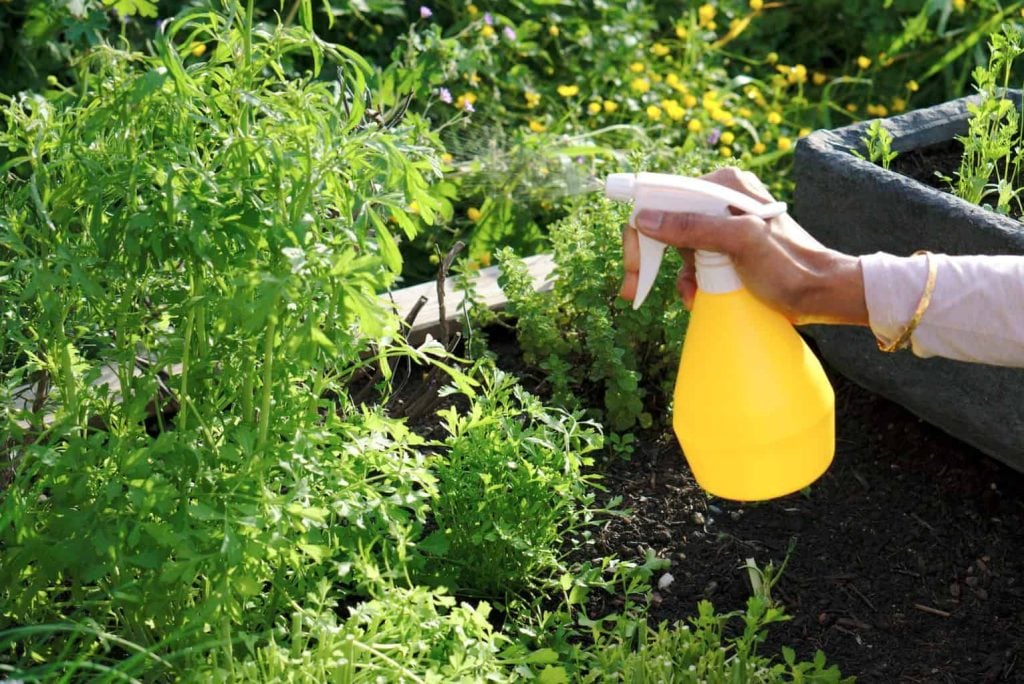
From herbicides to tough weedkillers, there are several ways to end the horsetail infestation in your garden. Try to look for weedkillers that have glyphosate, glyphosate-ammonium, or pelargonic acid. Even better, any weedkillers with 2,4-D and halosulfuron-methyl are known to kill horsetail down to the roots.
- Wait until the plant is 15-20 cm in height.
- Then, trample, rake, or cut the horsetail with shears.
- Once done, spray the herbicide or pesticide over the leaves with a fine spray to ensure the entire plant is coated completely. Since horsetail leaves have a waxy surface, making it easy for liquid to roll off, it’s best to mist it generously to ensure the plant absorbs the substance.
- Wait for at least 2 weeks for the area to turn black. Check the leaves close to the soil by breaking them off near the stem. If they are still green, there is still life in the weeds, and they will need more spraying.
- Once you kill the horsetail completely, dig it out by the roots and burn it. Do not compost or just bin it, as even a couple of inches of the living roots can bring horsetail back to your garden extremely quickly.
2. Removal by Hand
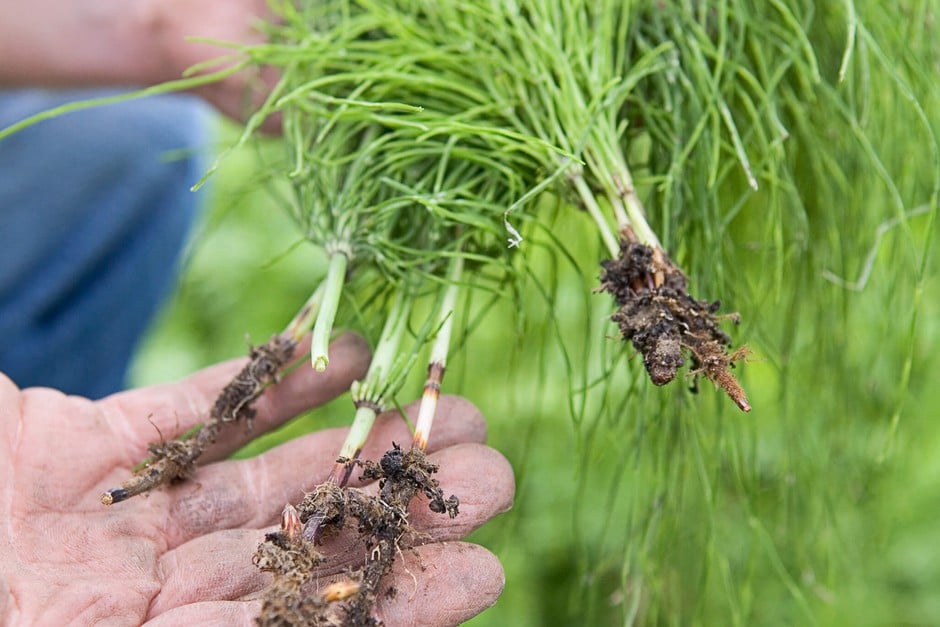
Given the sheer resilience of the weed, removing horsetail by hand is a cumbersome task. If spotted very early on in the season – before the spores appear, you could cut the plant back to the soil and dig out the roots. Regularly mowing your lawn can also keep horsetail under control, though it might not entirely prevent the weed from growing in the garden.
This kind of removal by hand will need to be carried out persistently and well in time before you are able to see horsetail eliminated from your garden. It could take several years for you to see the results, so if you do want to follow this method, don’t get discouraged if you don’t beat the weed back in the very first season.
Also, you need to remember that even a tiny piece of root left in the soil can quickly spread into a whole underground network, thanks to its rhizomes. And this could bring you right back to where you started in late spring or early summer.
Natural Methods to Control Horsetail
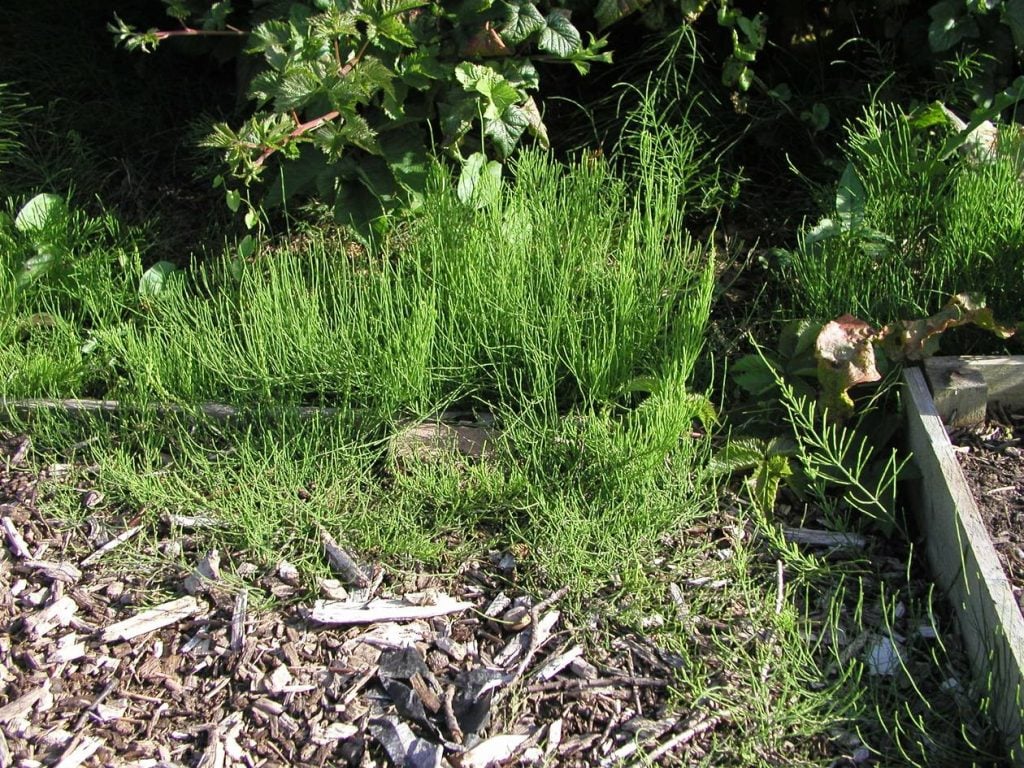
There is a section of gardeners and enthusiasts who recommend beating horsetail at its own game. They suggest liming the soil or simply making sure that the earth itself is inhospitable for the weed, thus ensuring it gives your garden a very wide berth.
When you lime the soil, you increase the alkalinity. This created a hostile environment for the roots of the horsetail plants, thus effectively eliminating your garden as a space to grow. Before you find Chemical Lime to meet this need, test your soil to understand how much of it you need to apply.
If you don’t, you could be rendering the soil unfit for other plants. Remember, if you use fertiliser for your plants, wait for a minimum of 2 weeks before you apply it in your garden; otherwise, the liming and fertiliser will negate each other’s effect.
You could also ensure that your soil has good drainage as a simple precaution against horsetail. Moist, boggy ground creates ideal conditions for horsetail to take hold and flourish.
Why Kill Horsetail?
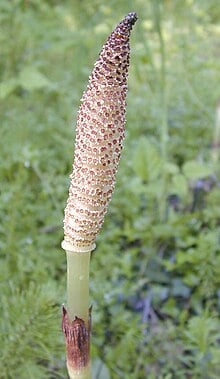
Yes, the weed is invasive and toxic to livestock, but can’t you just let it have some space in your garden and protect the rest of your area? Unfortunately, no, that isn’t an option. Horsetail weed has even been a bone of contention between neighbors, causing feuds that last for years at a time.
Just as soon as this vicious plant matures enough, it produces spores aboveground and rhizomes underground that help it propagate far and wide. Neither borders nor fences can keep it out, and it has absolutely no respect for other people’s space.
Busting the Myths Around Horsetail Control
1. Homemade Solutions to Kill Horsetail
Many Internet gardening experts will tell you that a vinegar mixture, lime, or even bleach can kill all the weeds in your garden, including horsetail. Don’t hunt up your sprayers and bring out your vinegar just yet. Chances are, the vinegar solution will kill other plants in your garden, not just weeds. And even if you can no longer see horsetail in your garden, you haven’t eliminated the weeds. That just means it’ll be back next season, rather like an unwelcome, unexpected dinner guest.
2. Use a Black Tarp to Starve the Roots of Sunshine
So maybe you’ve tried one of the homemade solutions and can’t see horsetail in your garden anymore. Then, when you read this, you realize you still have to contend with the roots. That puts you in mind of a tip you heard somewhere else; lay down black or dark-coloured tarpaulin in your garden and starve the roots of sunshine. Unfortunately, horsetail is such a resilient pest; the rhizomes can survive a century without the right conditions to sprout. It sounds like a nightmare garden pest version of Sleeping Beauty, doesn’t it?
3. Degreasers Kill Horsetail
Many enterprising gardening beginners have followed the dubious advice of applying household degreasers like WD40 to weeds in their gardens. Over time, he’s had to watch his plants wither away and die since degreasers are powerful and choke plants of their nutrition.
4. Using Weedicides Results in Superweeds
Are weedicides going to work like a strange sort of steroid for the weeds in your garden? Are you going to have to deal with a massive invasion of horsetail? No, not at all. Go ahead and spray away, and while you are about it, try to get hold of a weedicide that leaches the roots.
So if these are just myths, what actually works to get rid of horsetail once and for all? It’s a long road, but if you are up for it, here’s how to do it. First, you need to kill the horsetail in your garden. Then, you’ll have to control the spread to ensure it doesn’t make a sudden return into your space.
Quick Recap – Say Goodbye to Horsetail
Horsetail is a seemingly unassuming weed, but once it plants itself in your space, it’s there to stay for a while. Once you have identified the weed, you can route it in the early stages by intensive digging and root removal. Once the spores begin to appear, however, you’ll have to move to serious damage control.
Once you successfully rid your garden of horsetail, treat the soil in such a way that it doesn’t make a return. Increase the alkalinity of the soil, fertilise it well, and create drainage paths to allow your plants to thrive while repelling horsetail.
Despite these steps, if you still have stubborn horsetail growth in your garden, drop us a comment below and let us know what you have tried so far. Together, we can come up with a solution just for you.
It’s time to say goodbye to horsetail for good, so let’s get started! If there’s a solution that’s worked really well for you, let us (and other readers!) know in the comments as well.
Together, let’s grow healthy gardens!

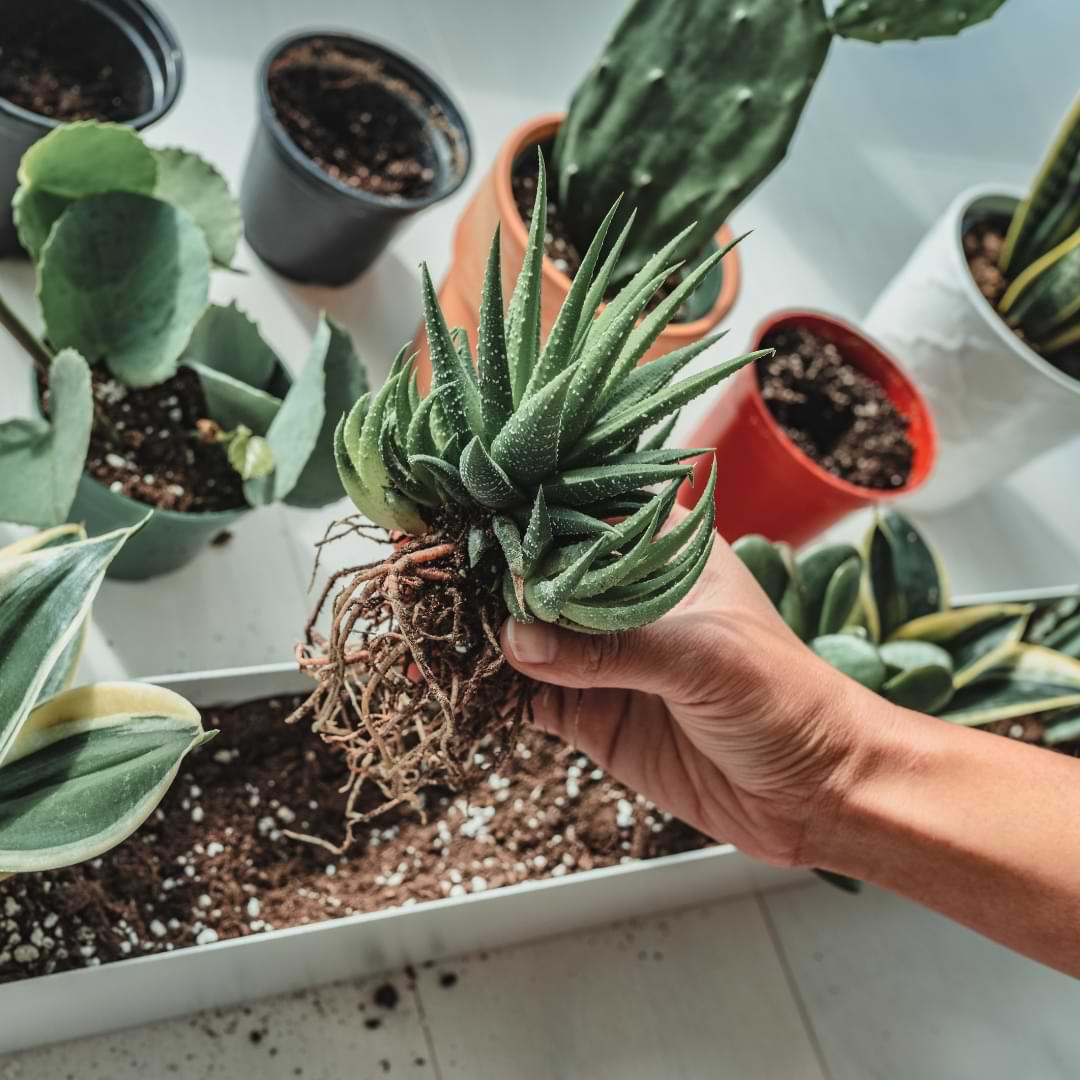
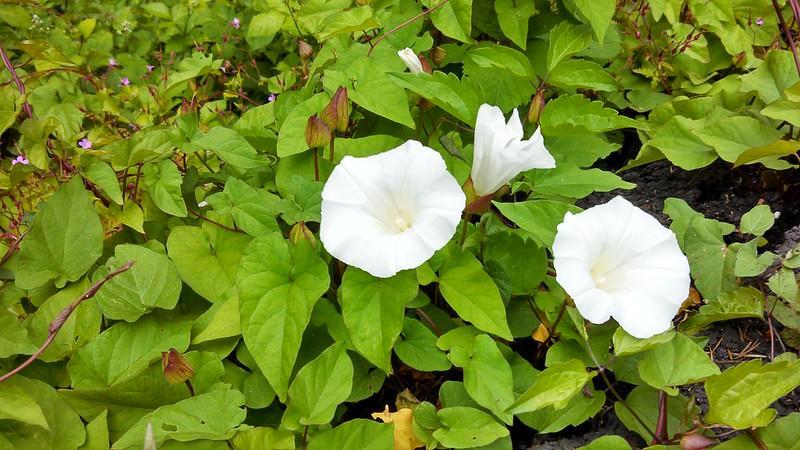
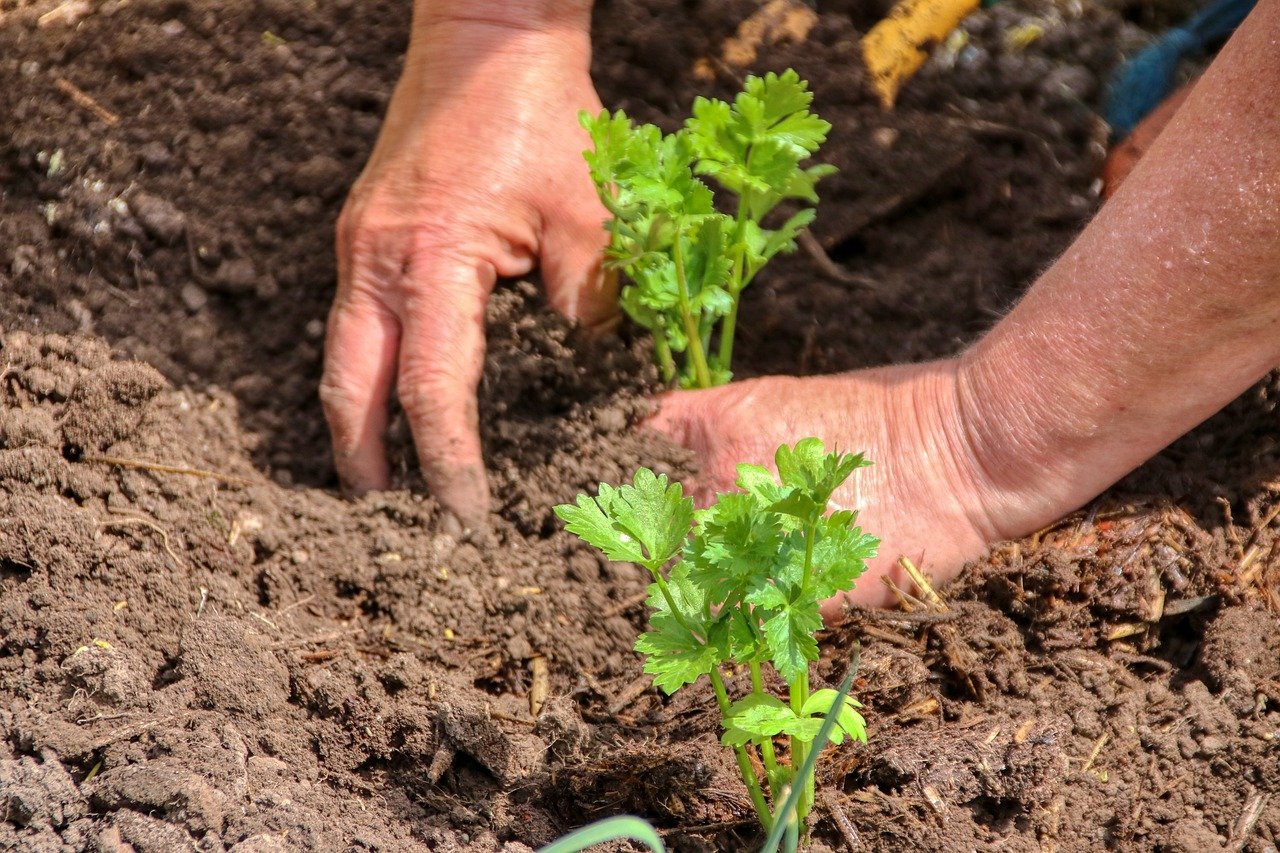
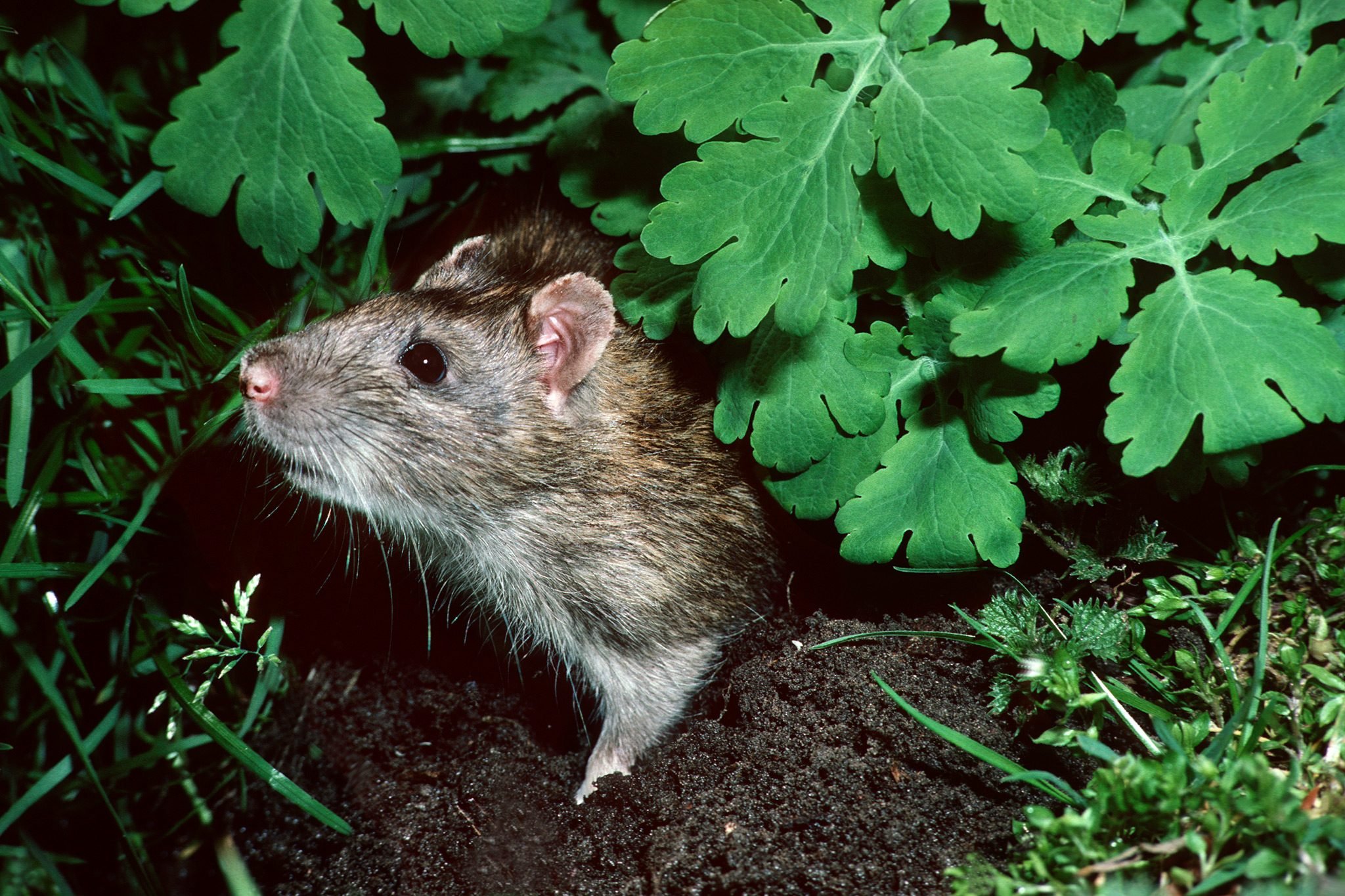
![How and When To Mulch a Garden Effectively [UK]](https://staging.thearches.co.uk/wp-content/uploads/How-To-Mulch-A-Garden-Effectively.jpg)
